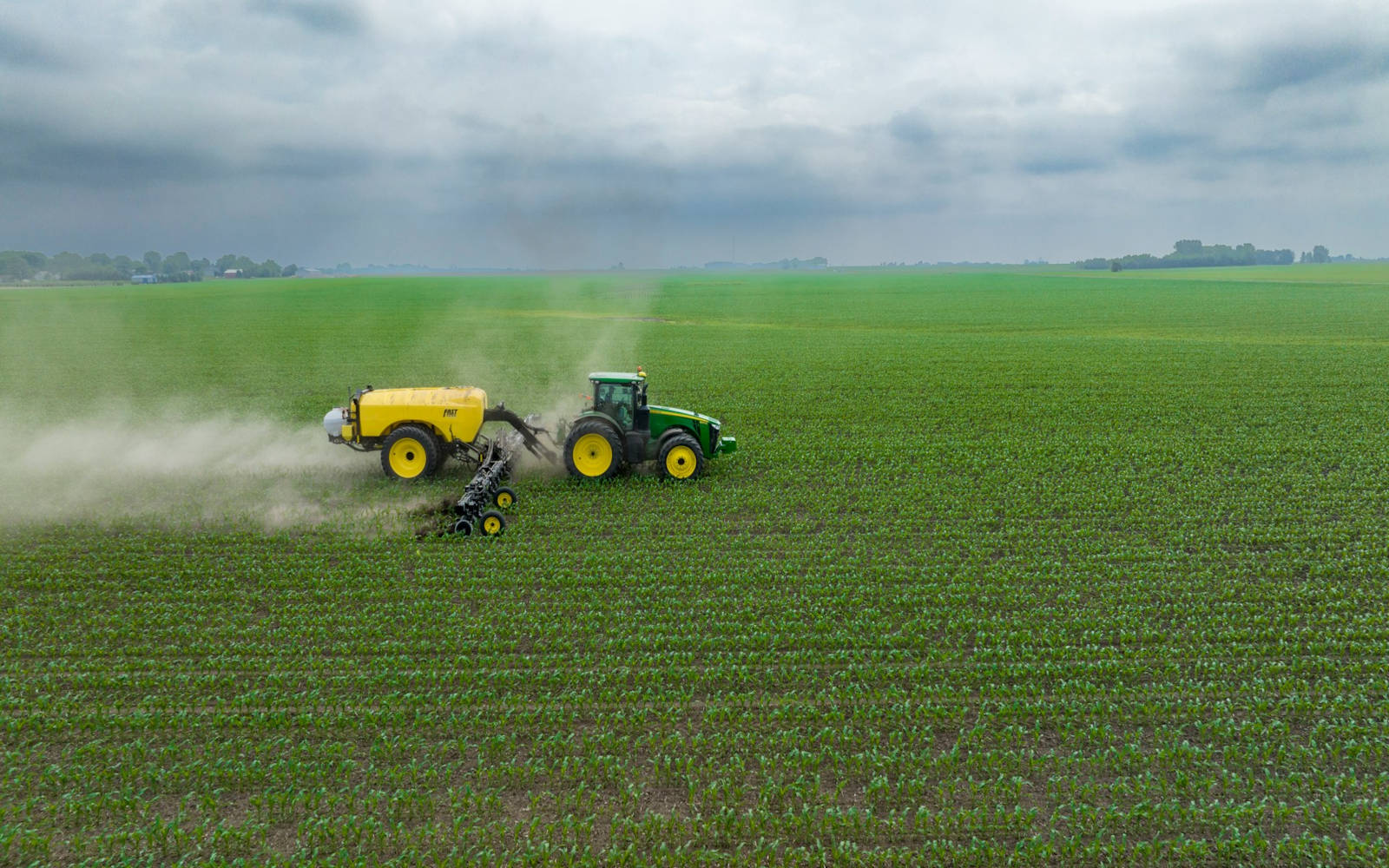The agriculture and fertilizer manufacturing industries utilize various gases in their processes, each playing a crucial role but also posing significant health and safety risks. This article explores the common gases used, the associated risks, the importance of gas detection technologies, and best practices for ensuring safety in these industries.
Common Gases and Their Uses
- Ammonia (NH₃): Widely used in the production of nitrogen-based fertilizers, ammonia is essential for creating compounds like urea, ammonium nitrate, and ammonium sulfate. It is highly toxic and can cause severe respiratory and skin irritation, with the potential for long-term health effects such as chronic lung damage.
- Hydrogen Sulfide (H₂S): Often produced in the breakdown of organic matter in agriculture, H₂S is highly toxic and can be lethal even at low concentrations. It poses a significant risk during the storage and handling of organic fertilizers.
- Methane (CH₄): A by-product of organic matter decomposition, methane is a potent greenhouse gas and highly flammable. It is particularly hazardous in confined spaces where it can accumulate and potentially lead to explosions.
- Nitric Oxide (NO) and Nitrogen Dioxide (NO₂): These gases are by-products of various chemical reactions in fertilizer production. They are toxic and contribute to air pollution, including the formation of smog and acid rain.
Risks Associated with Gas Exposure
The exposure to these gases can lead to acute and chronic health effects. For instance, inhaling ammonia can cause immediate respiratory distress, and exposure to high concentrations can be fatal.
Hydrogen sulfide, known for its “rotten egg” odor, can cause respiratory paralysis and even death. Methane, while not toxic, poses a significant explosion risk. Nitric oxide and nitrogen dioxide can irritate the respiratory system and contribute to environmental degradation.
Importance of Gas Detection Technologies
Given the hazardous nature of these gases, robust gas detection systems are vital in agriculture and fertilizer manufacturing facilities. These systems help in early detection of gas leaks, preventing potential accidents and ensuring the safety of workers. Key technologies include:
- Fixed Gas Detectors: Ideal for continuous monitoring in critical areas like storage tanks and processing units. These systems provide real-time alerts for dangerous gas concentrations.
- Portable Gas Detectors: Essential for on-the-go monitoring, especially during maintenance activities. These detectors allow workers to check for gas presence in confined spaces and other high-risk areas.
- Advanced Sensors: Technologies such as catalytic bead sensors and infrared sensors offer precise detection of specific gases, ensuring accurate monitoring and timely response.
Best Practices and Safety Protocols
Implementing a comprehensive gas detection strategy involves several best practices:
- Regular Calibration and Maintenance: Ensuring that detection systems are regularly calibrated and maintained for accurate readings.
- Training and Awareness: Educating workers on the dangers of gas exposure and proper use of detection equipment.
- Emergency Response Plans: Establishing clear protocols for handling gas leaks and emergencies, including evacuation procedures and first aid.
- Data Logging and Monitoring: Utilizing data from gas detectors to analyze trends and identify potential issues before they become critical.
The safety of workers and facilities in the agriculture and fertilizer manufacturing industries depends on effective gas detection and monitoring. Interscan offers reliable gas detection systems like the AccuSafe fixed detectors and the GasD 8000 portable analyzers, designed to meet the industry’s rigorous standards.
For more information or to request a quote for an Interscan gas detection system, contact us today.


